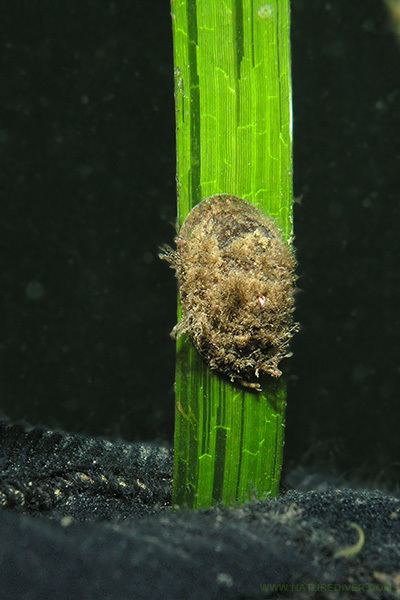Kingdom Animalia Superfamily Lottioidea Genus Lottia Higher classification Lottia | Phylum Mollusca Family Lottiidae Scientific name Lottia alveus Rank Species | |
 | ||
Similar Lottia, Molluscs, Gastropods, Lottiidae, Arc‑form pearly mu | ||
The eelgrass limpet, also known as the bowl limpet, scientific name †Lottia alveus, was a species of sea snail or small limpet, a marine gastropod mollusk in the family Lottiidae, the Lottia limpets, a genus of true limpets. This species lived in the western Atlantic Ocean.
Contents
The eelgrass limpet now appears to be totally extinct, but up until the late 1920s, this species was apparently quite common, and was easy to find at low tide in eelgrass beds, in many sheltered localities on the northeastern seaboard of North America.
Distribution before extinction
This limpet was found from Labrador, Canada, as far south as New York.
It supposedly became extinct 60 years before its extinction was noticed (Fall, 2005)
Habitat
This small limpet used to live on the blades of Zostera marina, a species of seagrass.
Cause of extinction
The extinction of Lottia alveus does not seem to have been caused directly by human interference. This small limpet disappeared from the fauna because of a sudden catastrophic collapse of the populations of the eelgrass plant, Zostera marina, which was its sole habitat and food source. In the early 1930s, the seagrass beds all along that part of the coastline were decimated by "wasting disease", which was caused by a slime mold of the genus Labyrinthula. Some colonies of Zostera marina lived in brackish water, and these areas served as refugia for the eelgrass since the wasting disease did not spread to brackish water. The eelgrass was thus able to survive the catastrophic impact of the disease. The limpet however was unable to tolerate anything but normal salinity seawater, and therefore it did not live through the crisis.
